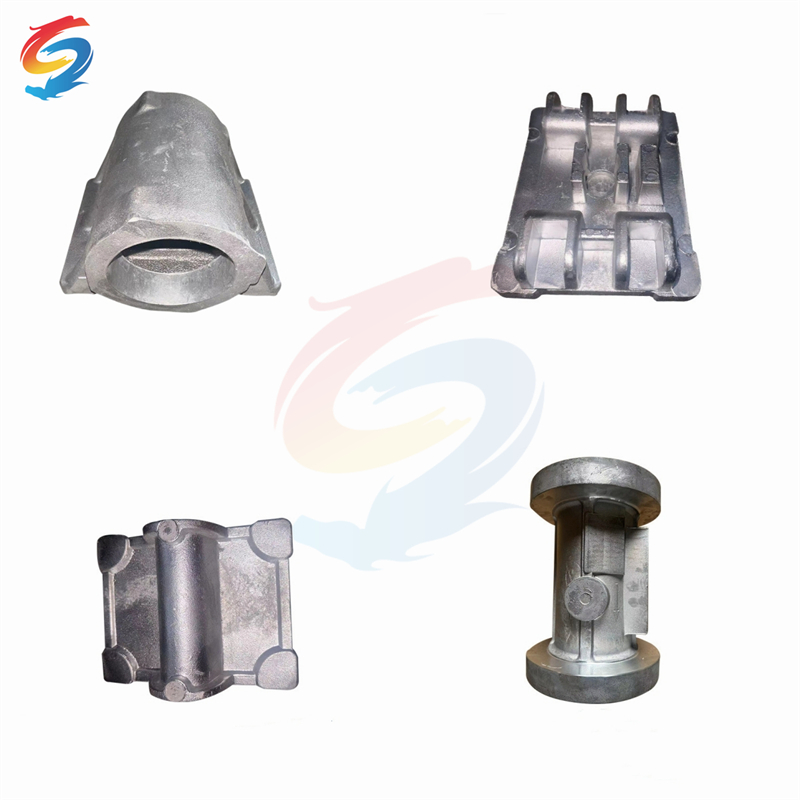Stainless steel is renowned for its durability, corrosion resistance, and adaptability across various industries. Among its many types, Austenitic Stainless Steel stands out as the most widely used category. Its excellent mechanical properties, non-magnetic nature, and remarkable corrosion resistance make it indispensable in industries ranging from construction and automotive to medical and food processing. But what exactly is austenitic stainless steel? What makes it unique among other stainless steel grades?Let’s dive deep into the properties, advantages, and applications of this fascinating alloy.
Understanding Austenitic Stainless Steel: Composition and Characteristics
Austenitic stainless steel belongs to the 300 series of stainless steel grades and is characterized by a face-centered cubic (FCC) crystal structure. This microstructure is retained at all temperatures due to the high levels of chromium and nickel present in the alloy.
The typical chemical composition includes:
Chromium (16–26%) – provides corrosion resistance
Nickel (6–22%) – stabilizes the austenitic structure
Carbon (low levels) – enhances strength without compromising ductility
Manganese, nitrogen, and molybdenum – improve various mechanical and chemical properties
This composition gives austenitic stainless steel several key advantages:
High corrosion resistance in oxidizing and reducing environments
Non-magnetic in the annealed condition
Excellent formability and weldability
Good toughness even at cryogenic temperatures
Because of its unique structure and alloying elements, it remains ductile and resistant to brittle fractures even under extreme conditions.

Common Types of Austenitic Stainless Steel Grades
There are several common austenitic stainless steel grades used in industry, each tailored for specific needs. The most prevalent include:
| Grade | Composition Highlights | Typical Applications |
| 304 | 18% Cr, 8% Ni | Kitchenware, architectural panels |
| 316 | 16% Cr, 10% Ni, 2% Mo | Marine equipment, chemical processing |
| 321 | 17% Cr, 9% Ni, Titanium stabilized | Aerospace, heat exchangers |
| 310 | High Cr and Ni for heat resistance | Furnace parts, exhaust systems |
The 304 grade is often considered the "workhorse" of stainless steel, balancing price and performance. On the other hand, 316 grade offers better corrosion resistance in saline and acidic environments due to molybdenum.
Applications of Austenitic Stainless Steel in Modern Industry
The adaptability of austenitic stainless steel is evident in its broad range of applications. Thanks to its corrosion resistance, hygienic properties, and ease of fabrication, this material is found in:
Food and Beverage Industry
Stainless steel equipment is essential in food processing because it doesn’t leach into food, resists bacteria growth, and is easy to clean. Grade 304 and 316 are widely used in brewing tanks, dairy processing, and kitchen appliances.
Medical and Pharmaceutical Industry
Austenitic stainless steels are non-reactive and biocompatible, making them ideal for surgical instruments, medical devices, and hospital equipment. Grade 316L (low carbon) is especially used in implants due to its superior corrosion resistance.
Chemical and Petrochemical Processing
In harsh environments where chemicals are present, grades like 316 and 310 offer longevity and durability. These grades are used in tanks, pipelines, reactors, and heat exchangers.
Construction and Architecture
Because of its aesthetic appeal and resistance to weathering, austenitic stainless steel is a favorite in modern building design. It’s commonly used in exterior cladding, handrails, and structural frameworks.

Why Choose Austenitic Stainless Steel Over Other Types?
Choosing the right type of stainless steel is crucial for both performance and cost-efficiency. Austenitic stainless steel offers distinct advantages over ferritic and martensitic types:
Superior corrosion resistance due to high chromium and nickel content
Easier to fabricate, especially in complex shapes and weldments
Maintains ductility and toughness across a broad temperature range
Non-magnetic, making it ideal for sensitive electronic and magnetic applications
In contrast, ferritic stainless steels (like 430) are magnetic and less corrosion-resistant, while martensitic grades (like 410) offer hardness but lack ductility.
Frequently Asked Questions (FAQs)
What makes austenitic stainless steel non-magnetic?
The austenitic phase has a face-centered cubic (FCC) structure, which lacks the ferromagnetic properties found in ferrite. Therefore, most austenitic stainless steels are non-magnetic in the annealed state.
Can austenitic stainless steel rust?
While highly resistant to corrosion, austenitic stainless steel can rust under certain conditions, especially if exposed to chlorides or if the protective oxide layer is damaged. However, this happens much less frequently than with carbon steel.
How do you weld austenitic stainless steel?
It is highly weldable using standard welding methods (TIG, MIG, etc.). However, precautions must be taken to avoid sensitization (loss of corrosion resistance) due to carbide precipitation at grain boundaries.
Is austenitic stainless steel expensive?
It is generally more expensive than ferritic or martensitic grades due to its nickel content, but its long-term performance and low maintenance make it cost-effective over time.
Advantages and Limitations: A Balanced View
To make an informed decision, it's essential to weigh the strengths and weaknesses of austenitic stainless steel.
Advantages:
High corrosion and oxidation resistance
Non-magnetic and non-hardenable by heat treatment
Excellent formability and ductility
Stable structure across temperature ranges
Biocompatibility and hygiene
Limitations:
Higher initial cost due to nickel content
Prone to stress corrosion cracking in chloride-rich environments
May require post-weld treatments to avoid sensitization
Slightly lower yield strength compared to martensitic types
In critical applications, these trade-offs are often well justified by the long service life and minimal maintenance requirements of austenitic stainless steels.
Conclusion
If you need a material that combines aesthetic appeal, corrosion resistance, mechanical strength, and versatility, austenitic stainless steel should be your top choice. While the upfront cost may be higher, the long-term performance, durability, and reliability it offers make it an unmatched solution for industrial, commercial, and even domestic applications.



















